I made this dress for Boston Pride two weekends ago, and in honor of the historic ruling today, here is the tutorial for how I made it:
Materials:
- 6 tshirts, one of each color of the basic rainbow, at least as big around as your hip measurement. Make sure the red shirt( if you want red to be the top) fits well across the chest.
- thread of a color you don't mind seeing on each (I used black)
- sewing equipment(machine, pins, measuring tape, etc.)
Materials:
- 6 tshirts, one of each color of the basic rainbow, at least as big around as your hip measurement. Make sure the red shirt( if you want red to be the top) fits well across the chest.
- thread of a color you don't mind seeing on each (I used black)
- sewing equipment(machine, pins, measuring tape, etc.)
Step 1: Measure how long you want your dress to be from the top of your shoulder. Subtract one inch(because we'll use the existing hem on the top and the bottom pieces), divide this number by 6, and add one inch for seam allowance. The resulting number is how wide you should cut each strip.
Let's say I wanted my dress to be 37" long from shoulder to hem.
37" - 1" = 36"
36"/6=6"
6"+1"=7" So I need to cut a 7" strip from each shirt.
Step 2:
Take the red shirt(if you want red to be the top of your rainbow), measure 7" down from the side of the collar, and cut a straight line across at that point. Take the purple shirt(if you want purple to be the bottom)measure 7" up from the bottom hem, and cut a straight line across at that point. Take the rest of the shirts and cut a 7" wide strip from the middle, so that it does not include any hems.
Let's say I wanted my dress to be 37" long from shoulder to hem.
37" - 1" = 36"
36"/6=6"
6"+1"=7" So I need to cut a 7" strip from each shirt.
Step 2:
Take the red shirt(if you want red to be the top of your rainbow), measure 7" down from the side of the collar, and cut a straight line across at that point. Take the purple shirt(if you want purple to be the bottom)measure 7" up from the bottom hem, and cut a straight line across at that point. Take the rest of the shirts and cut a 7" wide strip from the middle, so that it does not include any hems.
Step 3:
Measure the width of your top piece(which you should have fitted ahead of time). Make sure this width will fit over your hips and sew a seam down the side of each other strip so that they all measure the same width.
Step 4:
Sew the strips to each other using a zig-zag stitch, so that the seams have some give to them.
Step 5:
Try on your dress and pin down the sides to fit your torso more flatteringly. Remove and sew a straight stitch up the sides to these new measurements.
Step 6: Wear and be fabulous! Preferably with excessive amounts of glitter...
Measure the width of your top piece(which you should have fitted ahead of time). Make sure this width will fit over your hips and sew a seam down the side of each other strip so that they all measure the same width.
Step 4:
Sew the strips to each other using a zig-zag stitch, so that the seams have some give to them.
Step 5:
Try on your dress and pin down the sides to fit your torso more flatteringly. Remove and sew a straight stitch up the sides to these new measurements.
Step 6: Wear and be fabulous! Preferably with excessive amounts of glitter...
Notes:
I decided last-minute that I didn't want sleeves, so I cut the top to match my favorite tank top and zig-zag stitched around the edges.
To make the heart cut-out: Make/print a heart shape on a piece of paper, exactly the size you wish to cut out from the back of your dress. Take spare scrap of jersey fabric from one of the shirts that's at least as big as your heart pattern and pin it flat to the inside of the back of the dress. Pin the heart pattern in the center of the back, where you'd like it to sit, and sew a straight stitch all the way around the shape, using the edge as your guide. Using sharp(and preferably small) scissors, trim out both layers of fabric about 1/8" away from the inside of the heart shape you just sewed. On the inside, trip the spare fabric to about 1/8" around the outside of the heart shape you just sewed. This will help it lay flat, especially at the point.
I decided last-minute that I didn't want sleeves, so I cut the top to match my favorite tank top and zig-zag stitched around the edges.
To make the heart cut-out: Make/print a heart shape on a piece of paper, exactly the size you wish to cut out from the back of your dress. Take spare scrap of jersey fabric from one of the shirts that's at least as big as your heart pattern and pin it flat to the inside of the back of the dress. Pin the heart pattern in the center of the back, where you'd like it to sit, and sew a straight stitch all the way around the shape, using the edge as your guide. Using sharp(and preferably small) scissors, trim out both layers of fabric about 1/8" away from the inside of the heart shape you just sewed. On the inside, trip the spare fabric to about 1/8" around the outside of the heart shape you just sewed. This will help it lay flat, especially at the point.
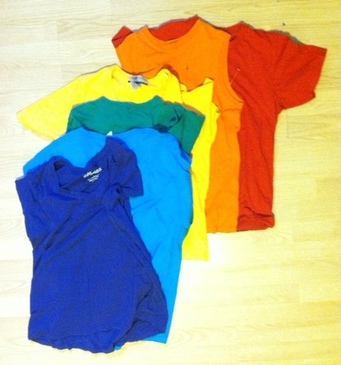
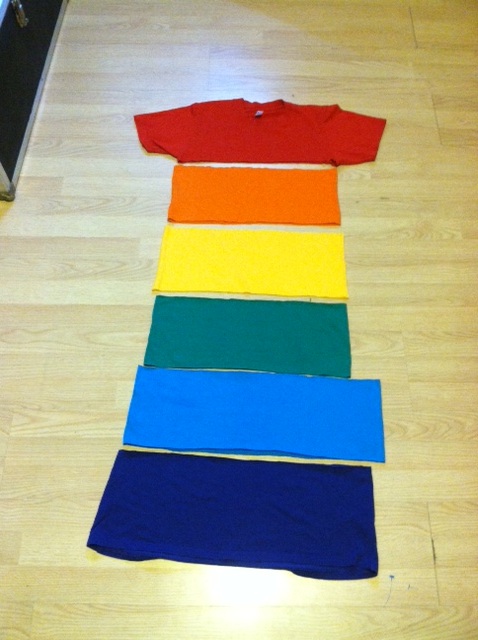

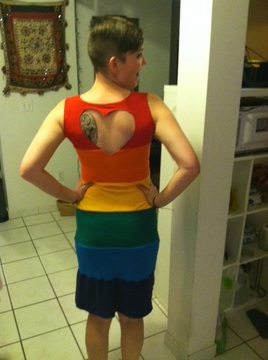
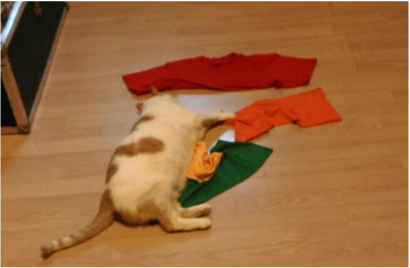
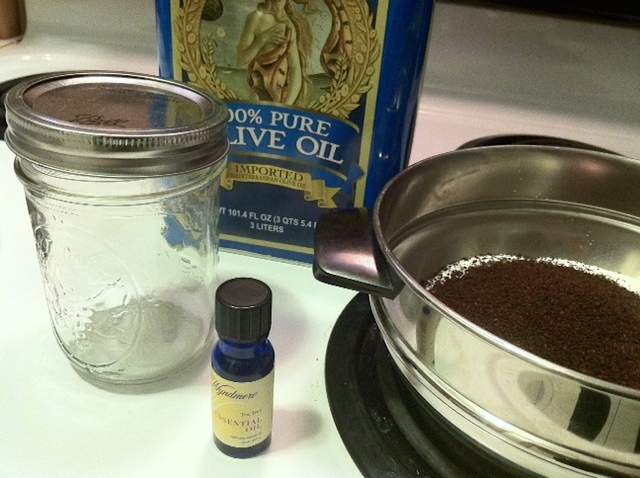
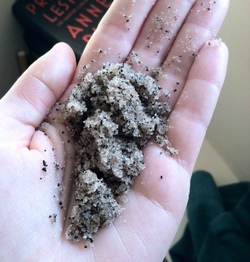
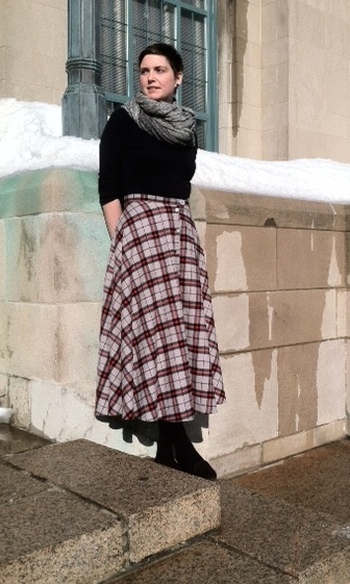
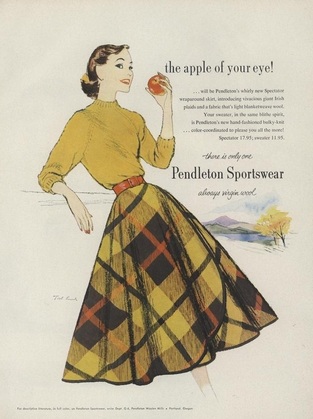
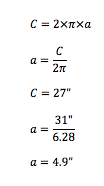
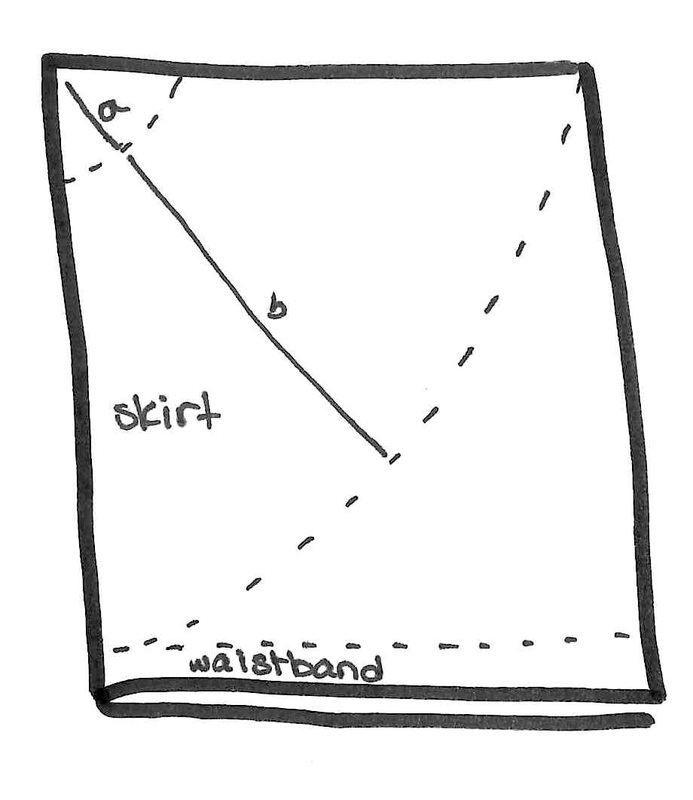
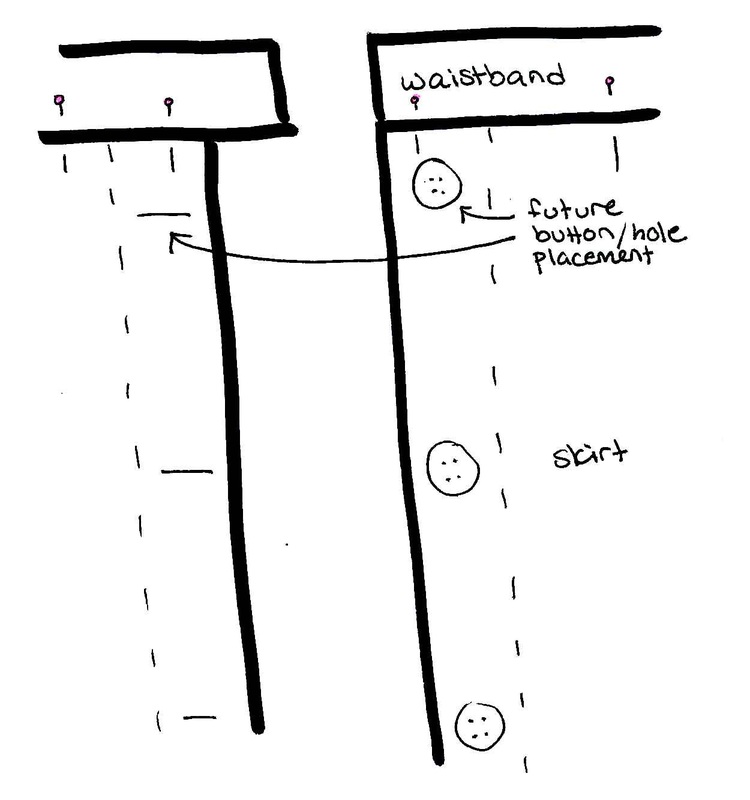
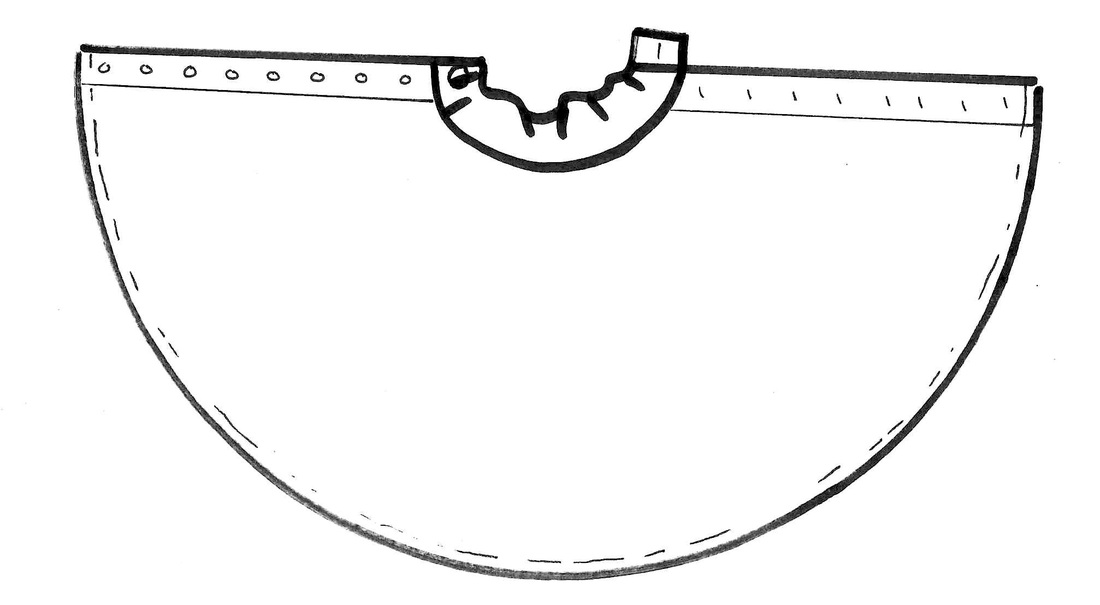
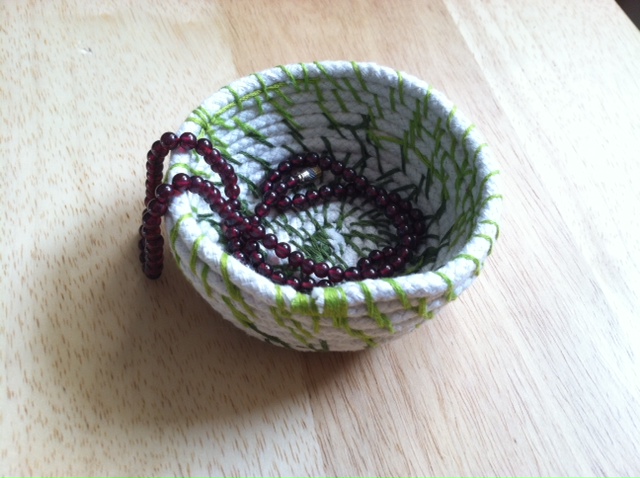
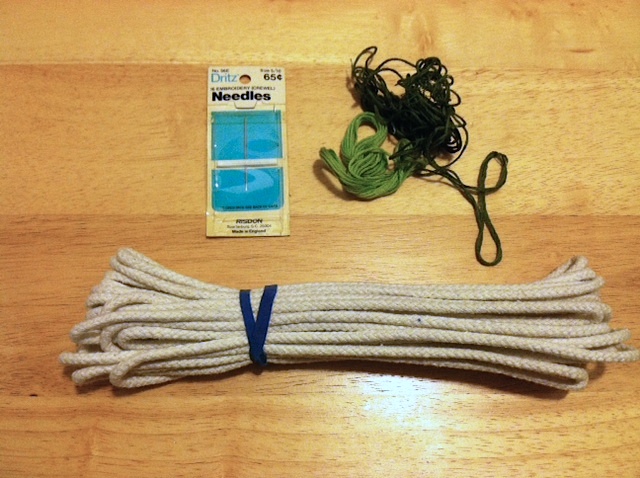
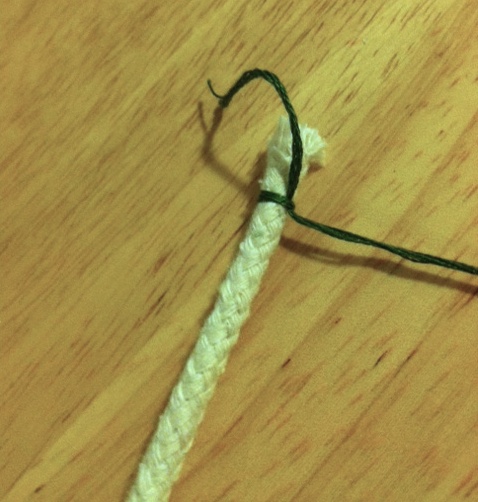
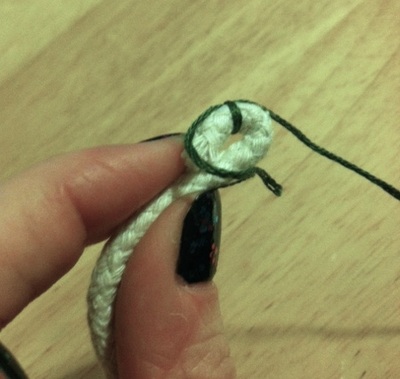
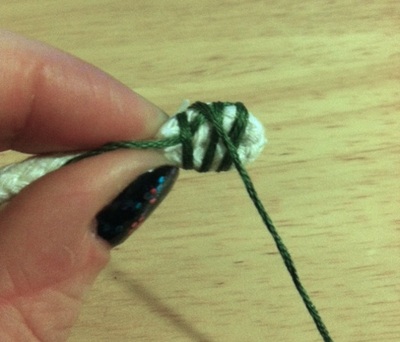
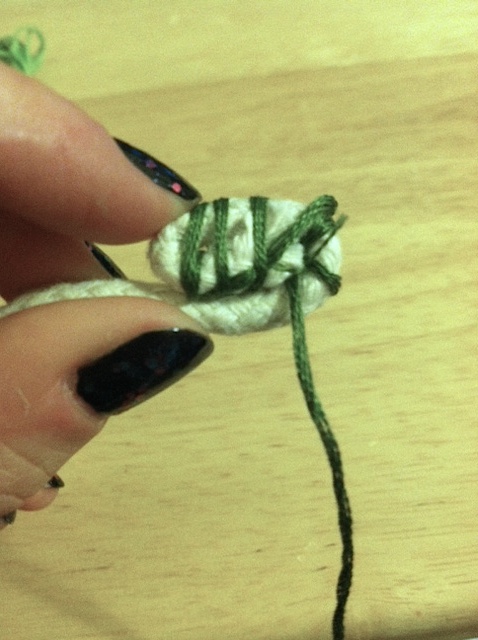
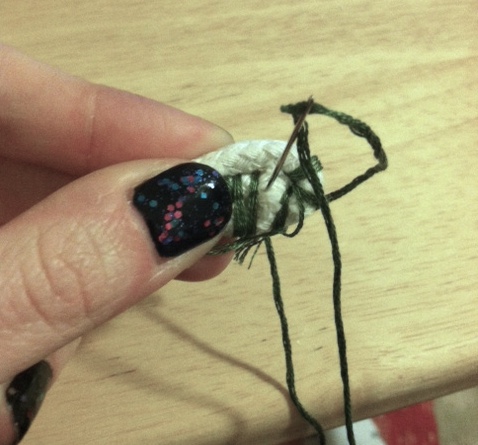
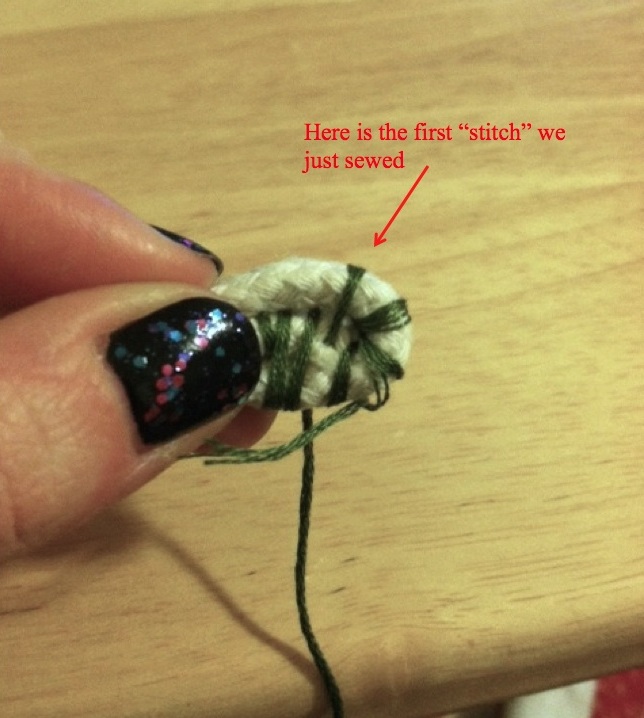
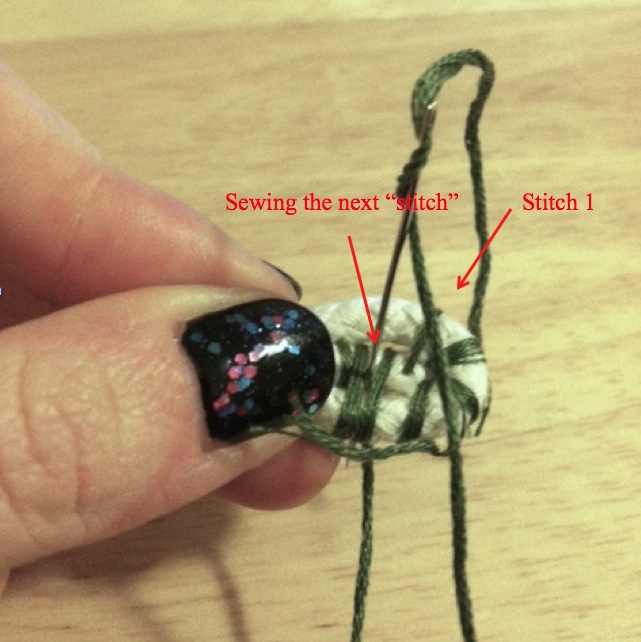
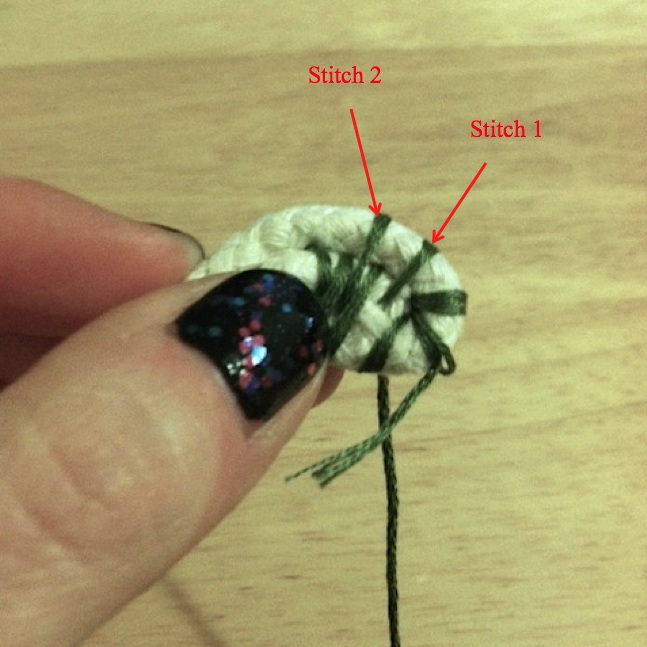
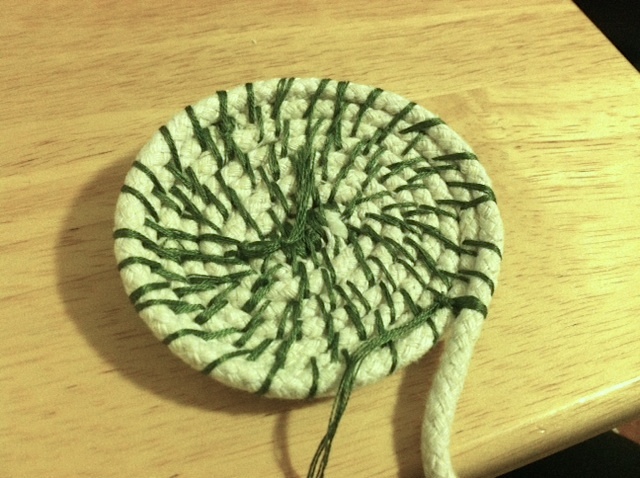
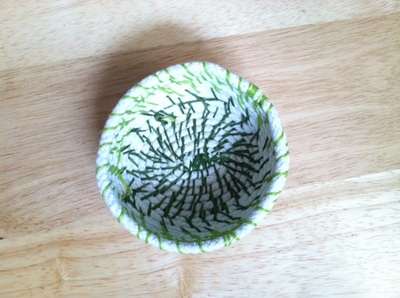
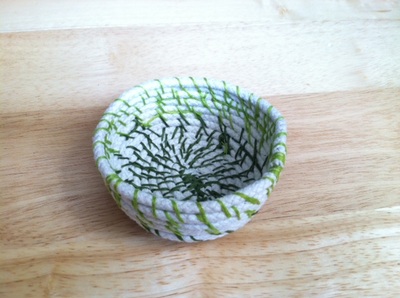
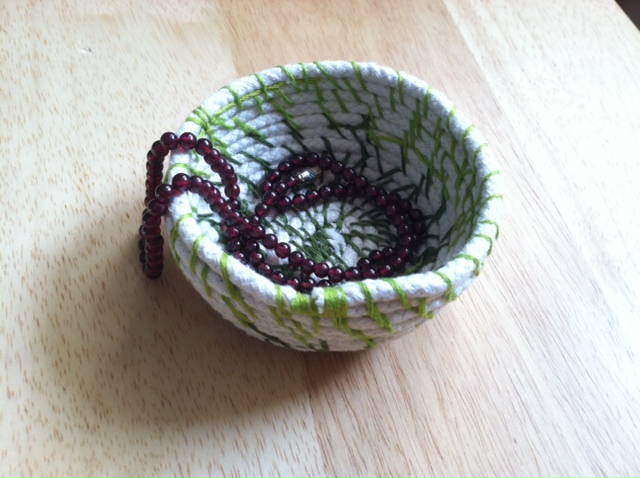
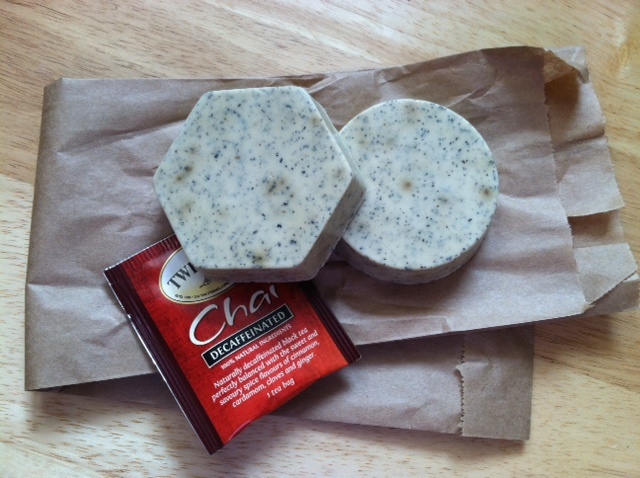
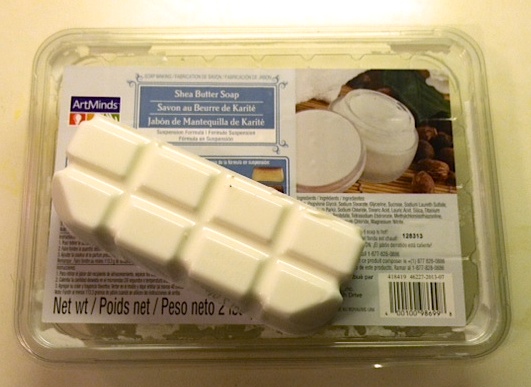
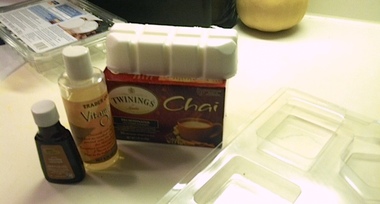
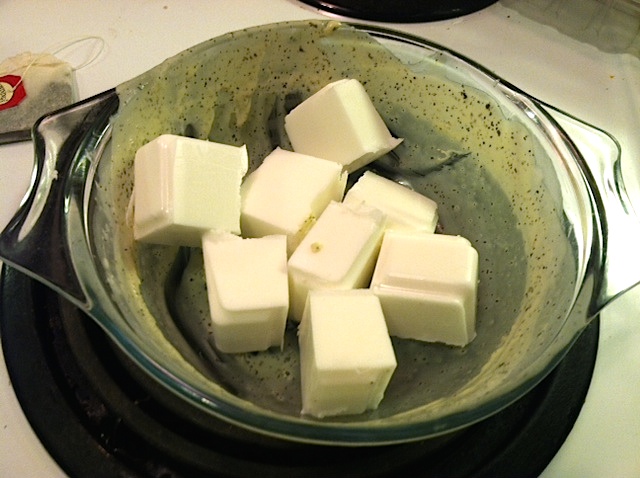
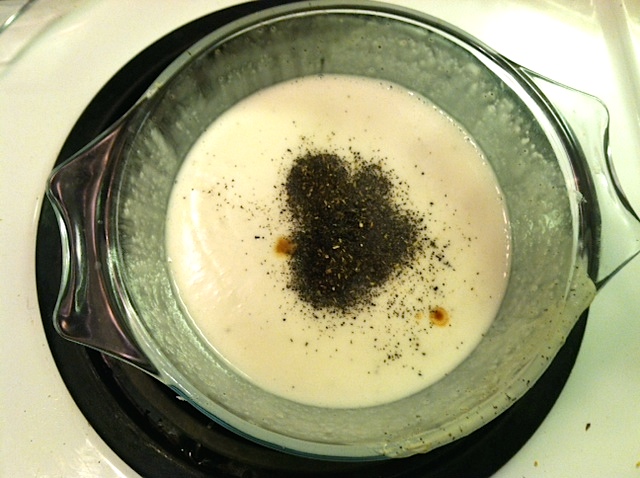
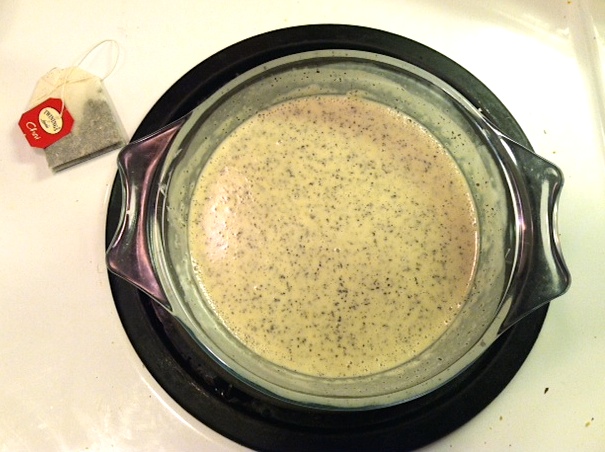
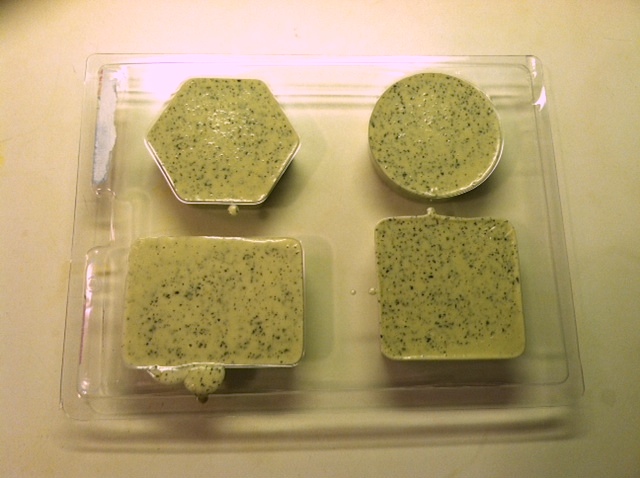
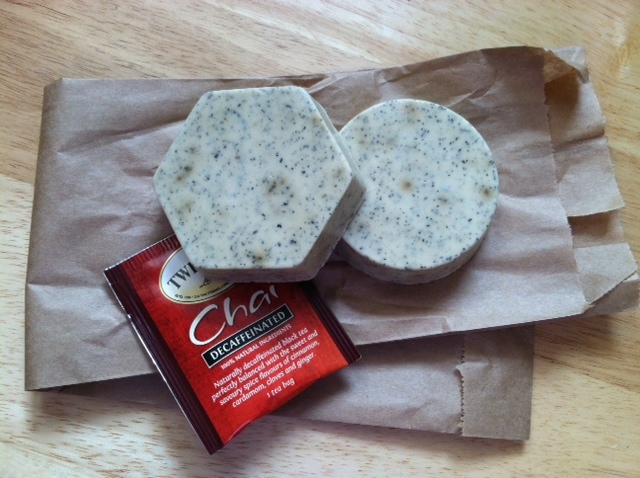
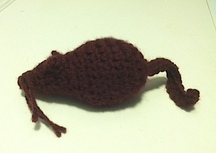
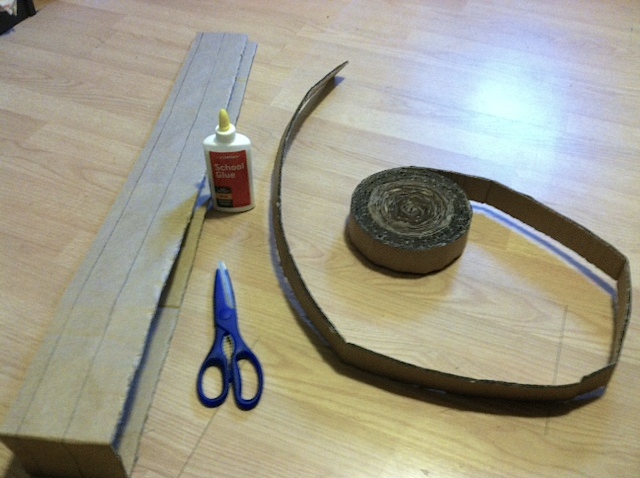
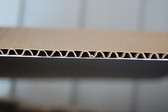
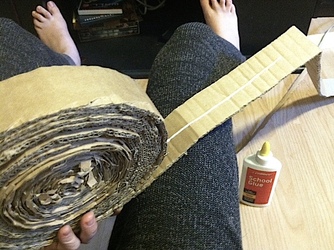
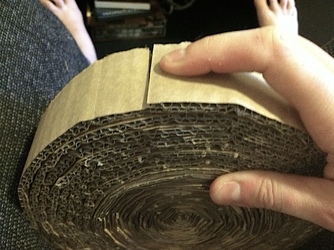
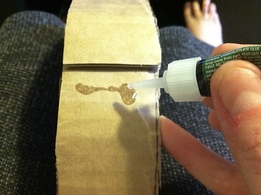
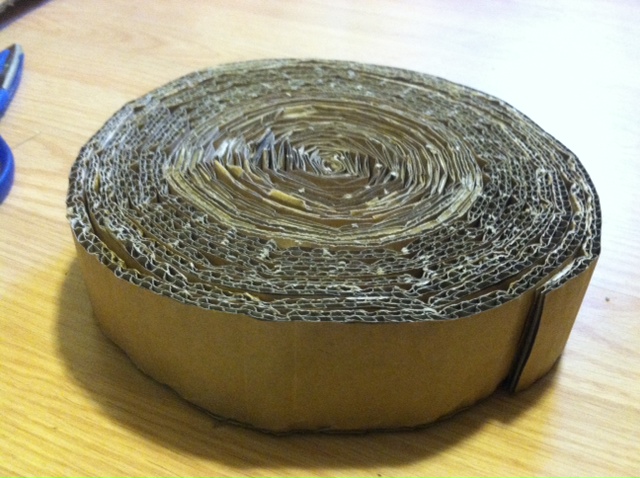
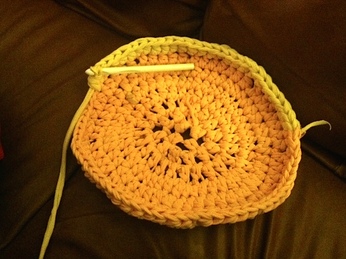
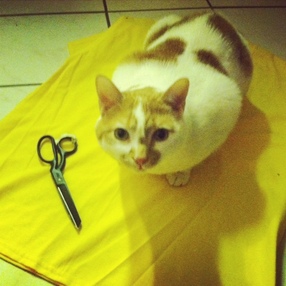
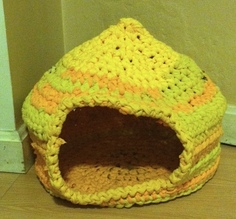
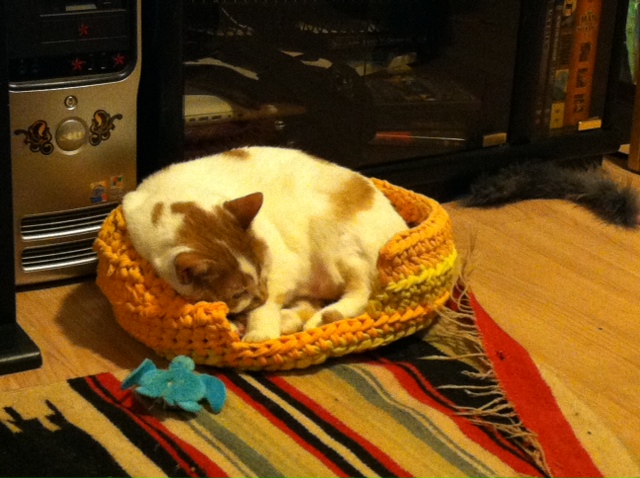
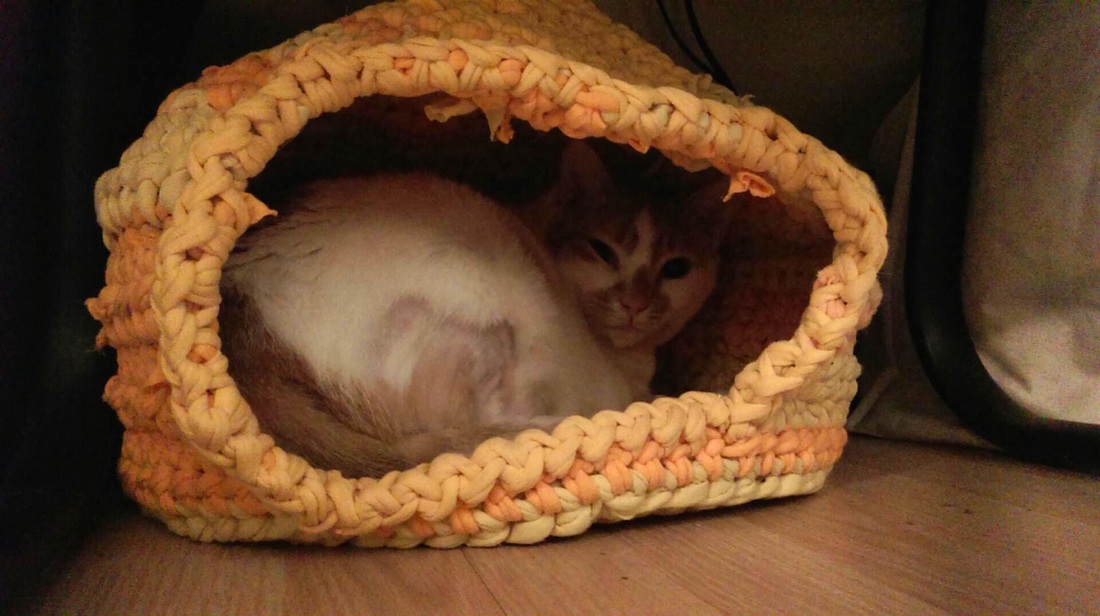

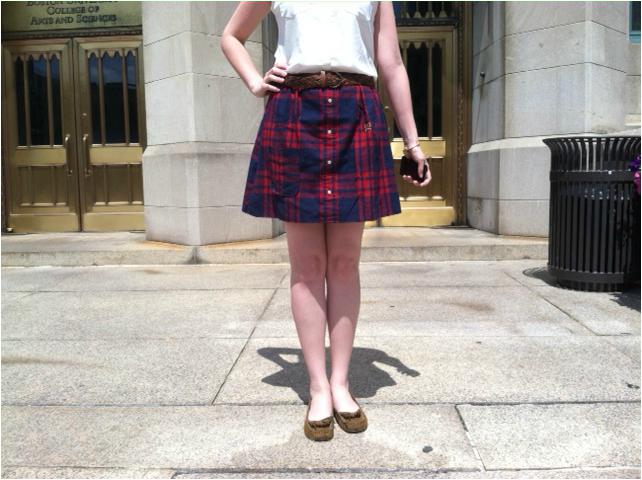
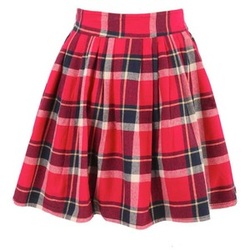
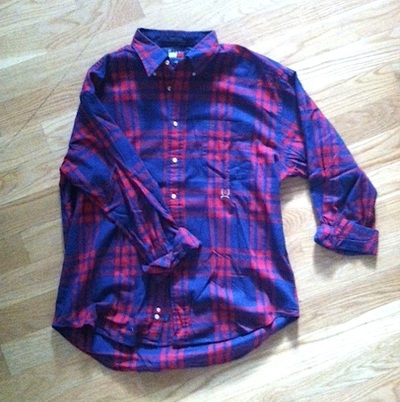
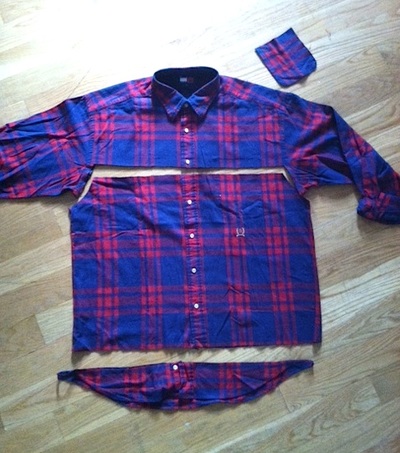
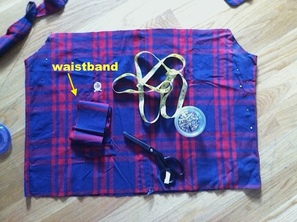
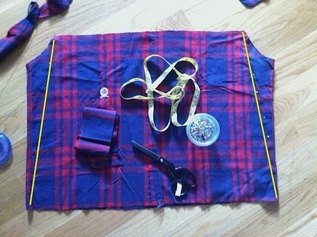
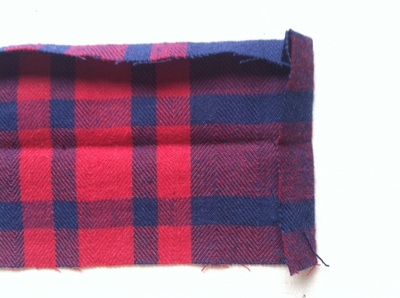
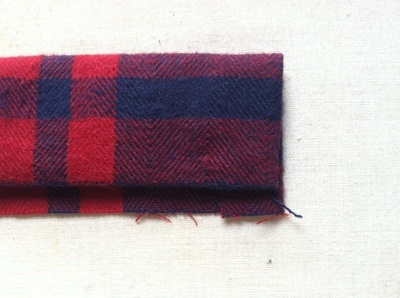
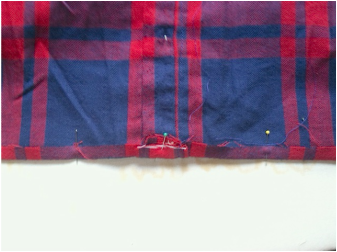
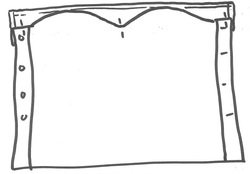
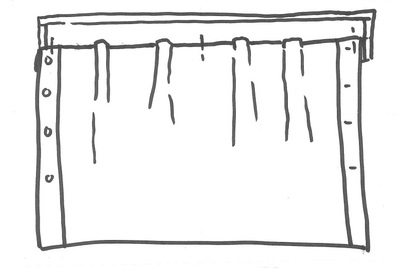
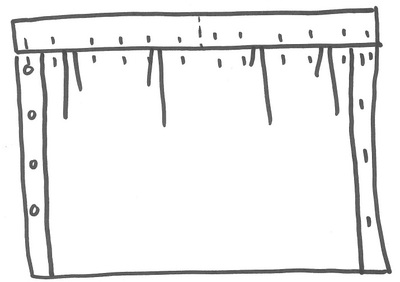
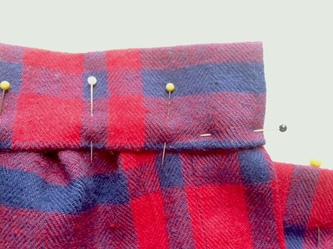
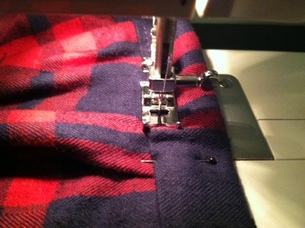
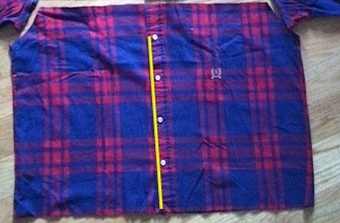
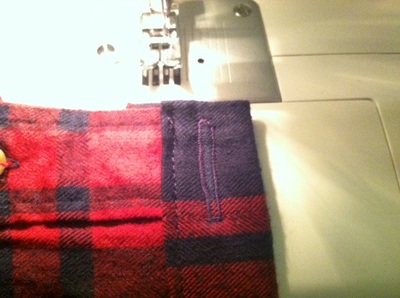
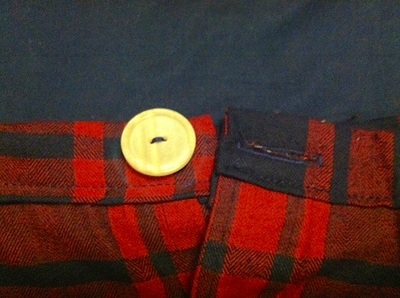
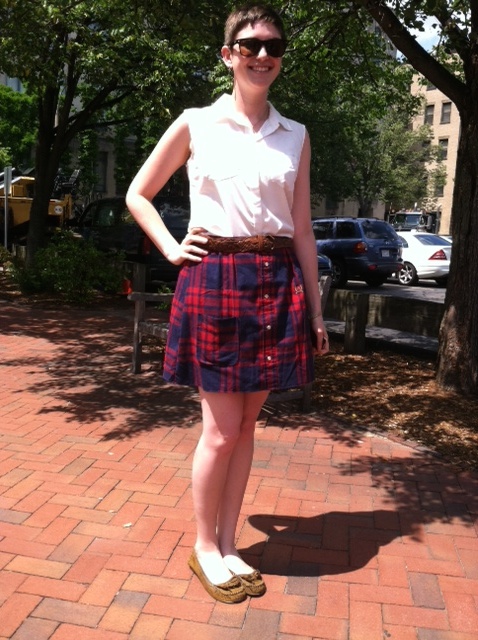
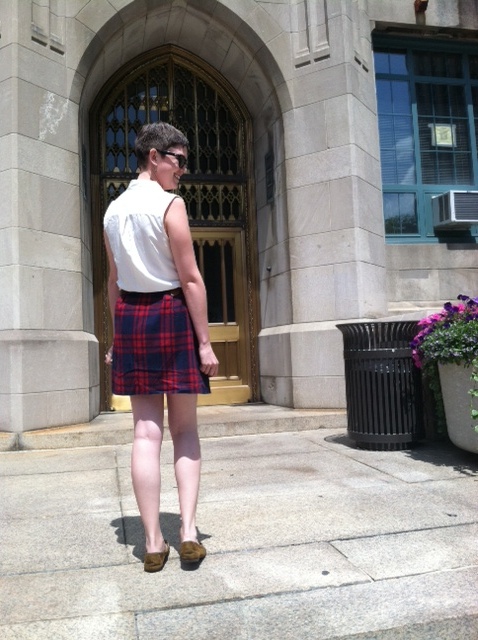
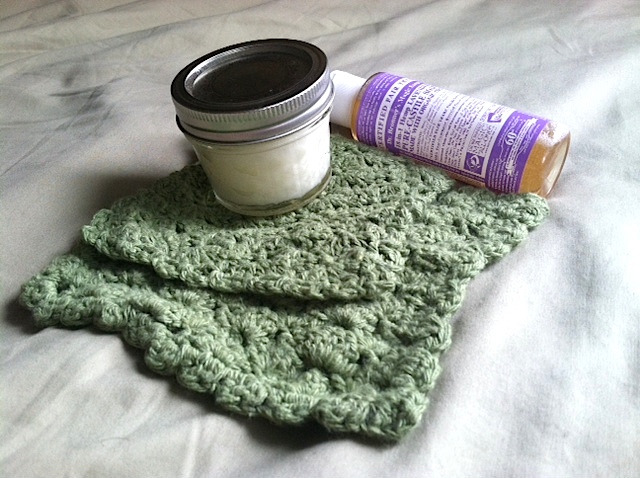
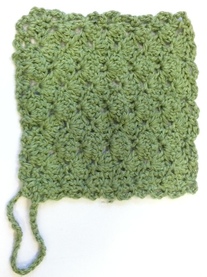
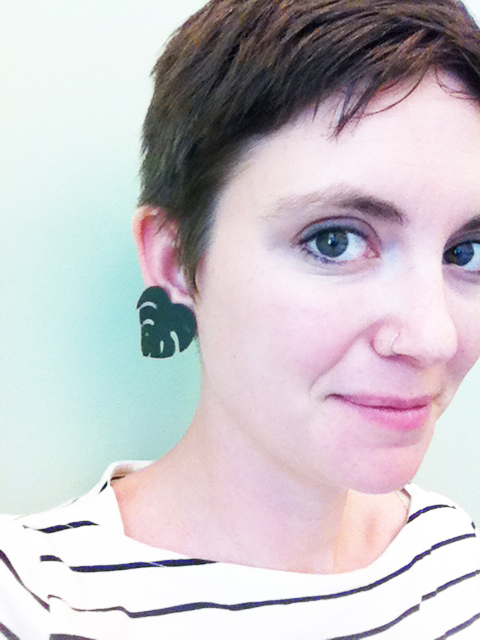
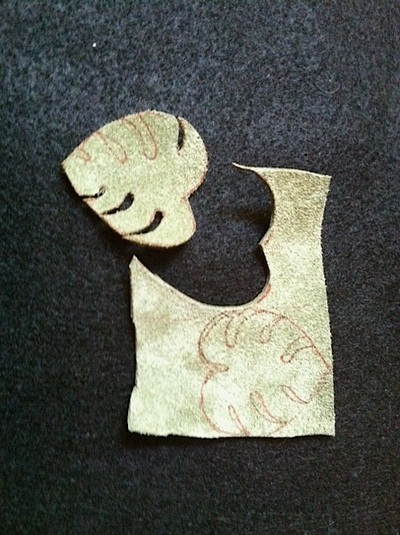
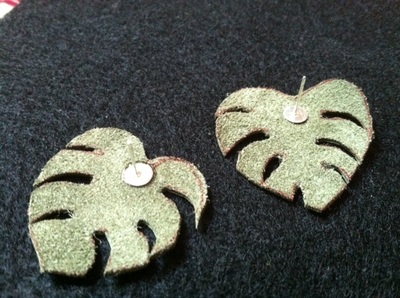
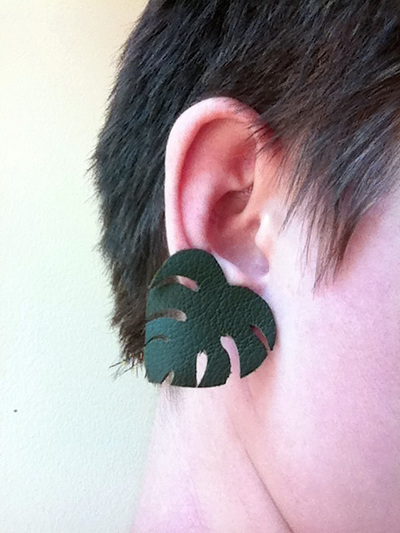
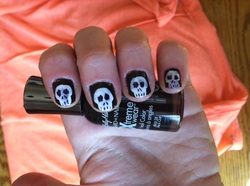

 RSS Feed
RSS Feed